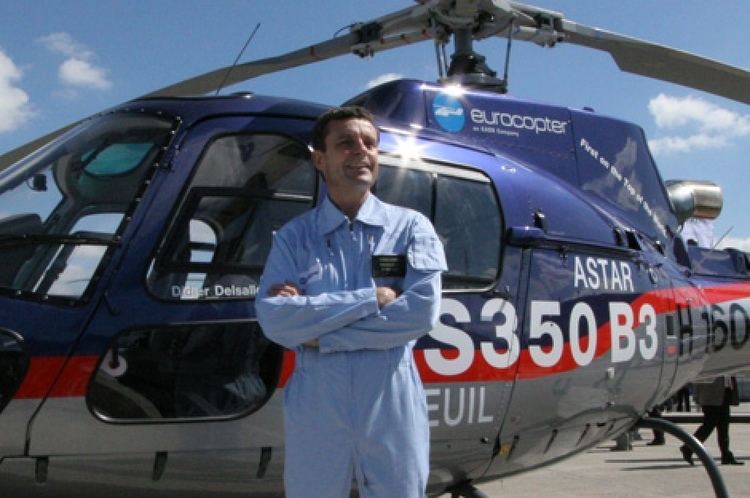
The World’s Highest Helipad
In the previous issue, we explored a charming creature with a name I originally thought must have been fabricated to sound like the name of another animal. However, numbats are more than just a name that evokes a wombat, they are bonafide members of our planet.
Today’s topic could form a mini-theme with the tiny marsupial, in that I thought the story to be fake when I encountered it. As you might guess, I spend a lot of time thinking about mountains. I have probably dedicated more time to pondering Mount Everest than a non-climber productively should. I thought I had a grasp on the crag’s history of human interaction.
Then I read an article about a person flying a helicopter to the summit of Everest! How had I never heard this tale before? All the instances of helicopter rescue I had perused noted an altitude cap for the motorized fliers. The thin air of Everest makes helicopter travel extremely dangerous. Everest’s peak sits nearly as high as the cruising altitude of jets and nestles the jet stream. And here was a human who supposedly flew a helicopter to the acme of the planet? It had to be fake.

Although I am not beyond slipping in pataphysical articles or episodes on the topography of fictional landscapes, this anecdote actually is authentic!
On 14 May 2005, a French pilot called Didier Delsalle (great name) commanded a helicopter and landed it on the top of Everest.
He flew a Eurocopter AS350 Squirrel, a single-engine copter. Delsalle’s team extensively tested at the site because of the extreme conditions. Low atmospheric pressure provides difficulty for rotors to produce lift. A lack of oxygen not only impairs the mental functions of a pilot but also hinders the engine’s combustible power. The team removed about 250 pounds of dead weight, such as the passenger seats, to help extend the range of the helicopter. The usual reach is one hour; losing some of the mass gave Delsalle a bit longer than that. Still, the madcap lad took a device with one hour of power to the top of the world.
If there were no evidence, I’m not sure I would believe it happened.
In addition to the pressure and oxygen impediments, Delsalle had to contend with brutally high winds. And not just in the lateral directions we experience on the ground. Updrafts and downdrafts around Everest are extraordinarily powerful. Currents up to 186 miles per hour provided a robust challenge. Delsalle noted:
“On one side of the mountain, on the updraft side, I wasn’t able to approach the mountain because even taking out all of the power of the aircraft, I was still climbing,” he recalled. “But of course on the other side you had the downdraft side, and on this side even with maybe 60 knots on the airspeed indicator I was going backward . . . and the helicopter at full power was not powerful enough to counteract that.”
To reach the summit, he had to find a path between the updrafts and downdrafts, as if in a giant, real-life version of a Breath of the Wild puzzle. When he got to the peak, the updrafts were so powerful that he had to push the helicopter into the snowpack to keep it in place. Of course, he also had no idea if the snow on top of the mountain would form a solid base. He spent nearly four minutes on the summit before heading downward. As any climber knows, the top of the mountain is only halfway home. His descent was just as harrowing as the rise.

Delsalle’s flight set multiple records. He established the fastest times ever to ascend to 3,000 meters, 6,000 meters, and 9,000 meters. He nabbed the highest ever take-off from Everest’s 29,030 feet, a feat that cannot, currently, be outdone.
As if he and the stunt were not crazy enough, two additional facts stick out.
One, he flew the entire mission with his window open. Delsalle thought the cold temperatures might ice over his windows, an obviously fatal problem. To solve the chilly problem, he threw on a couple of pairs of thermal underwear and allowed inside and outside temps to match.
Perhaps even more incredible, however, is that he repeated the flight the very next day. To make sure measurements had been recorded and to show that his first flight was repeatable, he touched down on the top of the world a second time.
For Didier Delsalle, the mountains called in a way they have for few humans!
Further Reading and Exploration
Landing on Air – National Geographic
Landing on Everest: Didier Delsalle Recalls his Record Flight – Vertical Magazine
Official Report – Eurocopter
14 May 2005 – This Day in Aviation













